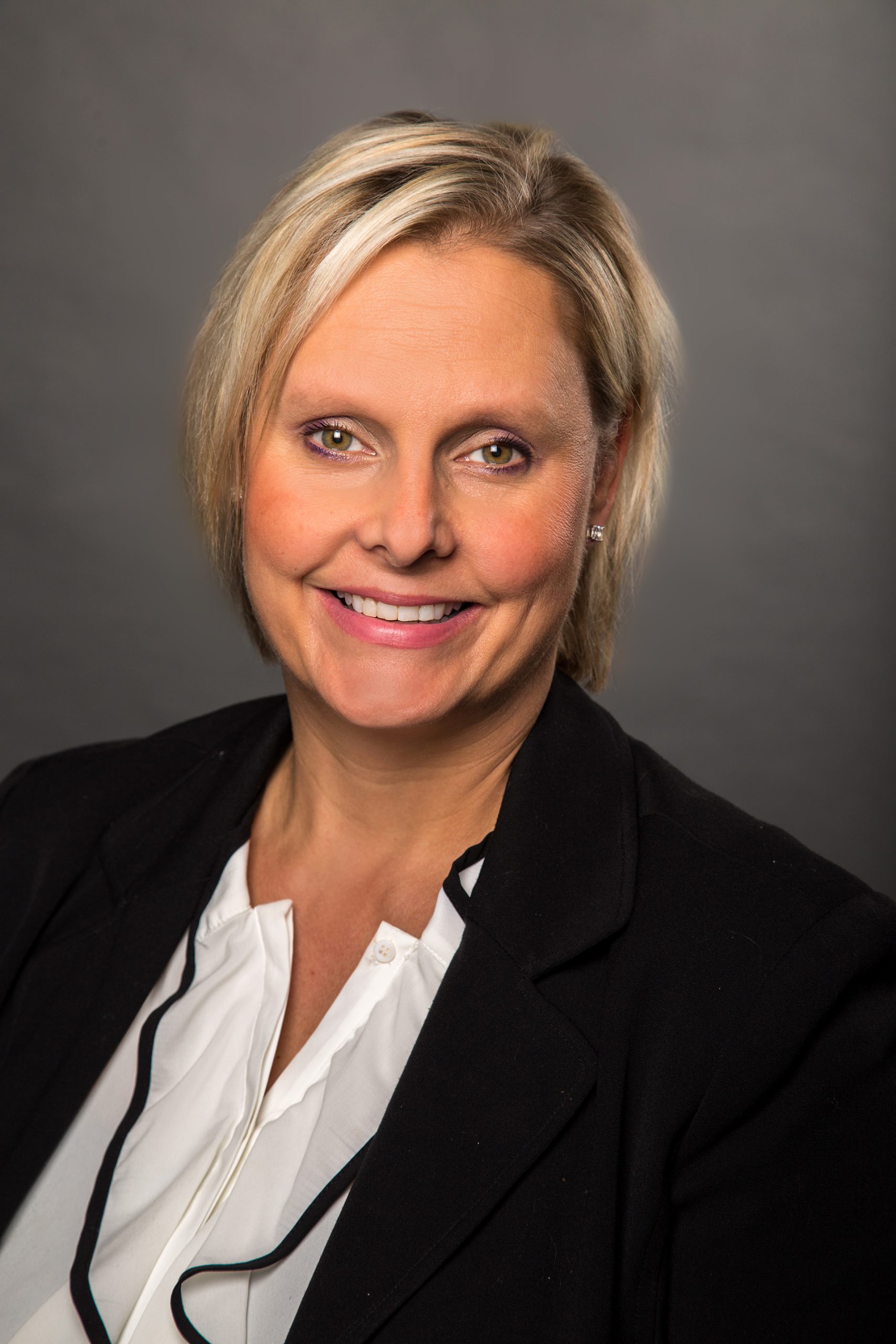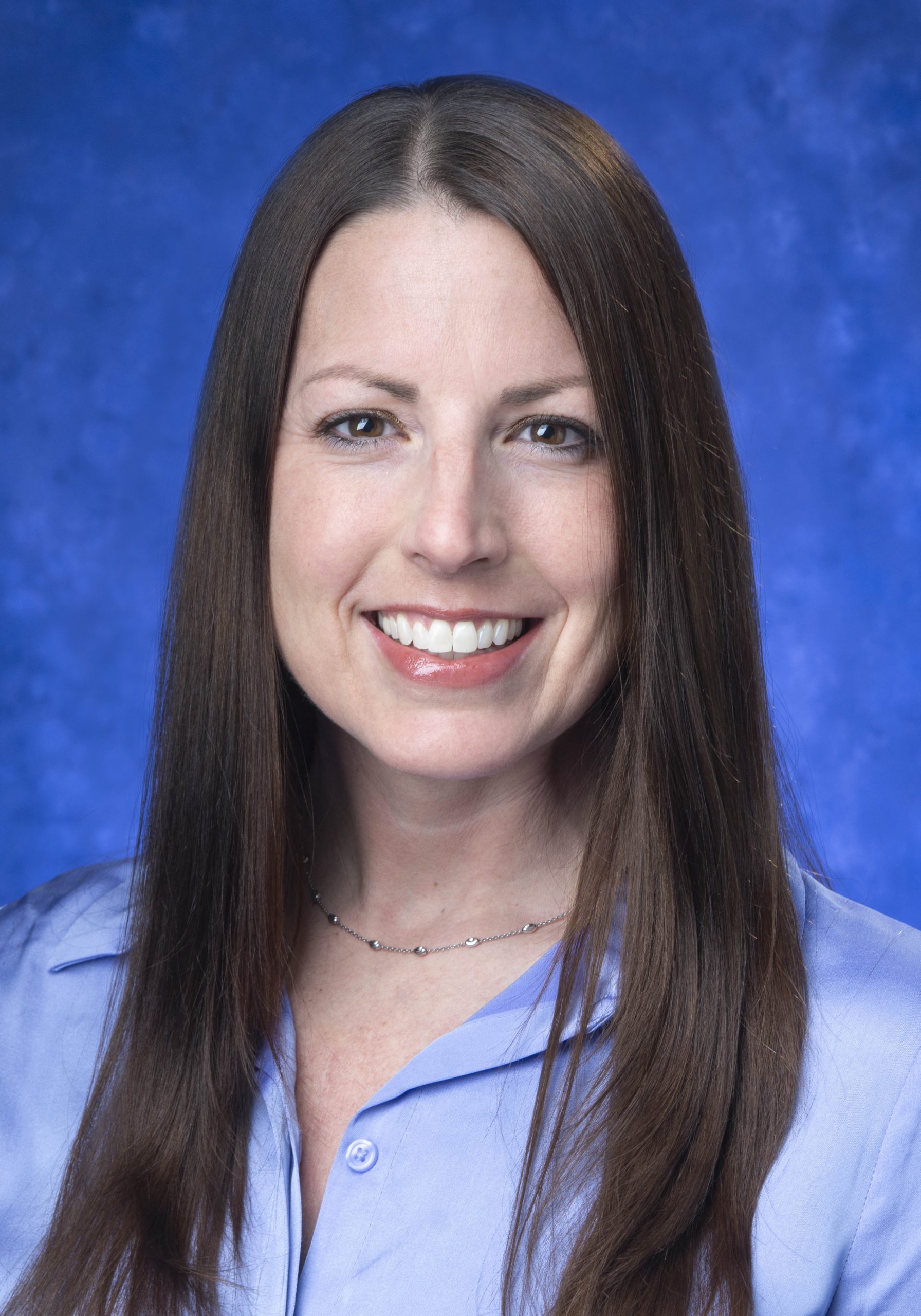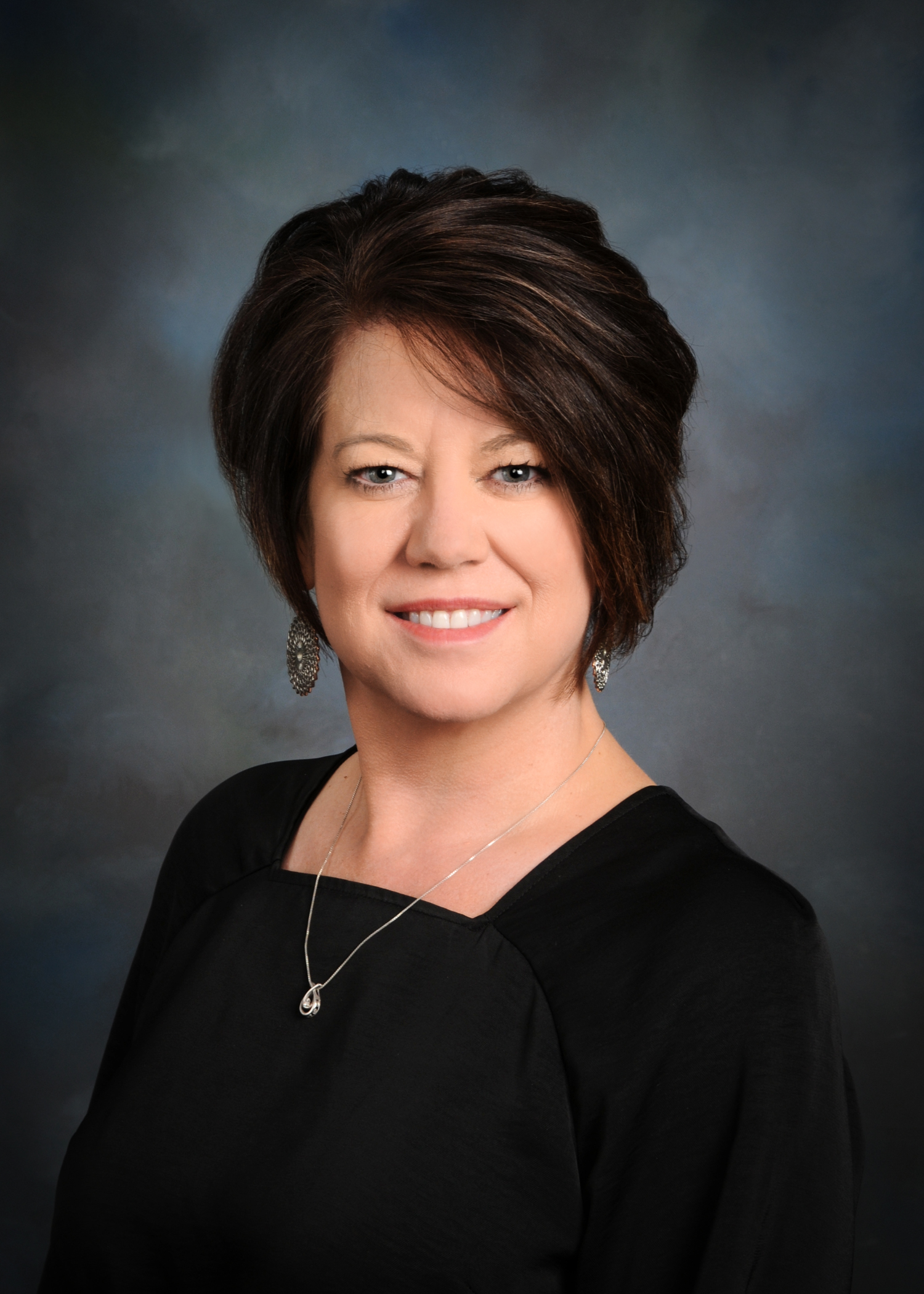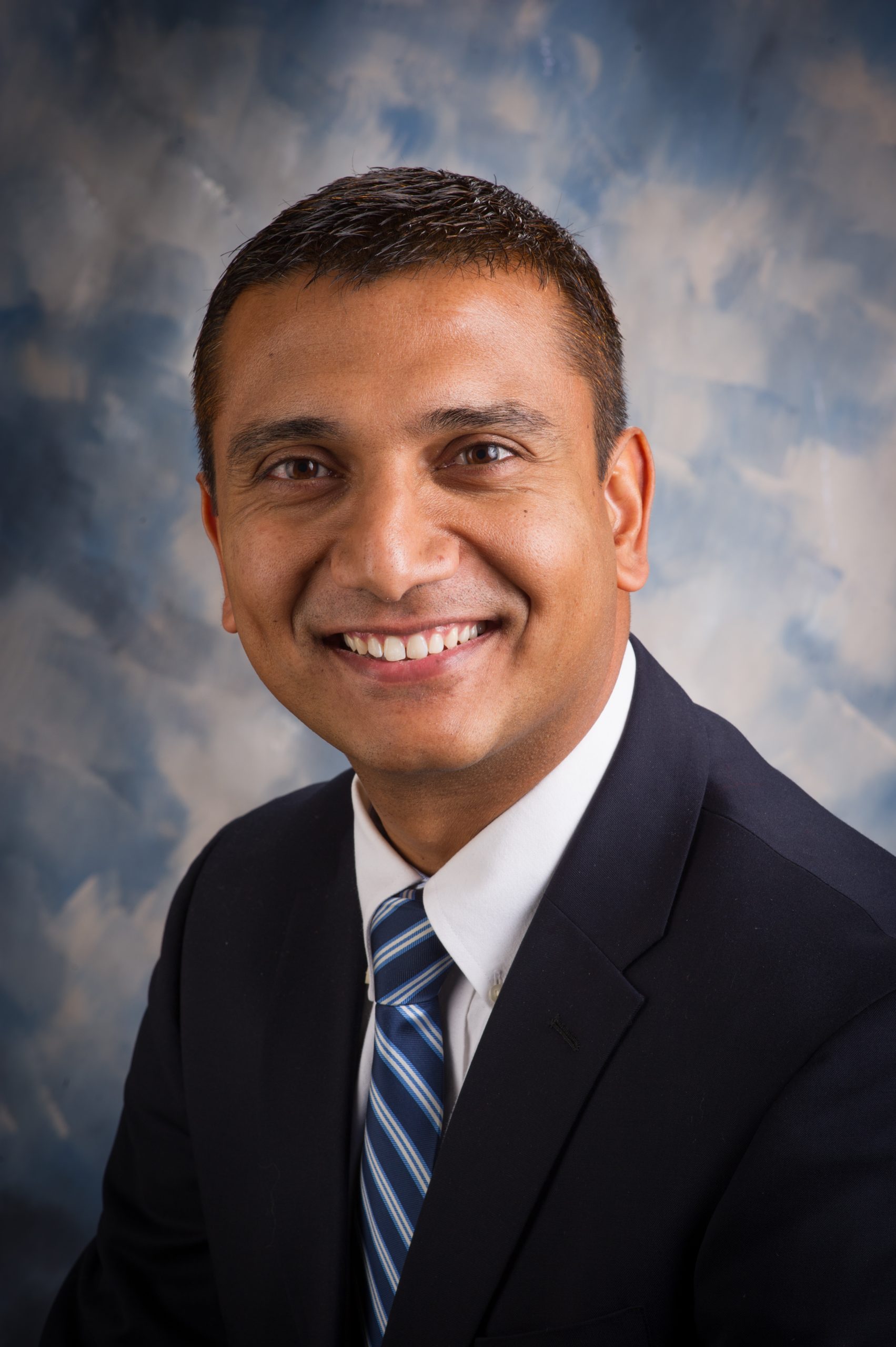2024 Hospital Command Center Management Summit
May 20-21, 2024 * Swossotel Chicago * Chicago, IL
2024 Hospital Command Center Management Summit
Day(s)
:
Hour(s)
:
Minute(s)
:
Second(s)
So, what is the answer? How do you give physicians an easy way to not just admit a patient, but also track the patients progress throughout their continuum of care—at no cost to them?
Command centers are springing up across the country and feature sophisticated technology and give health systems a leading edge to manage capacity and improve patient experience. They have been proven to lead to big jumps in the number of patients who can access care at a health system—as well as corresponding jumps in patient satisfaction, revenue, growth and market share.
At this conference you will learn about how to open a command center, how they are driving safe and efficient patient flow throughout the hospital and beyond, the financial benefits of a command center, how they contribute to the efficiency of emergency response, the various models of command centers, and much more. While hospital command centers are progressively growing in use among medical centers across the globe, learn how different hospitals utilize their own facilities to address their unique needs and issues.
Who Should Attend?
Case Management
Discharge Planning
Patient Flow
Admissions
Nursing
Operations
CEO
CFO
Patient Care
Compliance
Clinical Care
Medical Directors
Quality
Patient Financial Services
Care Management
Emergency Medicine
Social Worker
Utilization Management
Hospitalist
Chief of Staff
Capacity Management
Transportation Manager
Logistics Director
Critical Care/Trauma
Patient Throughput
Bed Management
Patient Logistics
Patient Transport
Clinical Operations
Innovation Officer
Performance Improvement
Telehealth
IT Management
Health Information Management
Also of Interest to:
Vendors
Solution Providers
Consultants
Conference Agenda
Day One - Monday, May 20, 2024
7:15am – 8:00am
Conference Registration & Networking Breakfast
8:00am – 8:10am
Chairperson’s Opening Remarks
8:10am – 8:50am
Developing a Hospital Operations Center
Developing an operations center that uses artificial intelligence, predictive analytics and real-time data requires a strong multi-disciplinary team and executive support. Robust operations center use technology, people and innovate processes to break down siloes and provide accurate, actionable data to hospital teams. Explore how one hospital command center has saved thousands of bed hours and created more capacity for patients in just six months after opening. During this presentation you will learn key components of developing a state-of-the-art operations center which include vision, strategic alignment, space design, role development, change management, governance, technology development, marketing, and institutional adoption.
Sherry McCool, MHA, RRT-NPS, CMTE
Senior Director of Patient Progression
Children’s Mercy Kansas City
8:50am – 9:30am
How a Command Center Can Improve ED Outcomes
Emergency departments serve as an integral front door in hospital systems, supporting numerous patients requiring acute care or inpatient admission on a daily basis. However, healthcare-wide challenges such as capacity management and staffing shortages have significantly impacted EDs recently. Hospital occupancy is associated with longer ED wait and boarding times, which can contribute to patient safety issues.
Another measure of ED function and hospital capacity, how often patients leave the ED without receiving care, is also correlated with higher risks of patient safety issues and adverse outcomes. This session will explore how a hospital command center can improve ED outcomes.
Sanjay Pattani, MD, MHSA, FACEP
VP | Associate Chief Medical Officer
Mission Control, AdventHealth
Central Florida Division, South Region
Attending, Emergency Medicine
AdventHealth Central Florida
9:30am – 10:00am
Networking & Refreshments Break
10:00am – 10:40am
Enhancing Healthcare Efficiency through Command Centers: A Focus on Staffing, Coordination, and Communication
Health systems with command centers gain real-time staffing visibility, improving coordination and breaking down silos among care teams. Efficient patient flow is ensured, preventing unnecessary bed occupancy and ensuring capacity can meet demand. This coordination is bolstered by predictive analytics, optimizing nurse staffing through improved anticipation of hospital census and bed needs. The hospital command center serves as the nexus between capacity management and staffing adequacy. Furthermore, the democratization of data fosters trust by providing impactful insights to those affected by command center workflows. This session explores the transformative role of command centers in enhancing overall healthcare processes by addressing critical aspects of staffing, coordination, and communication.
Benjamin Dangerfield, DO
Medical Director, Arizona Operations Command Center
Consultant, Division of Hospital Internal Medicine
Mayo Clinic
Bridget Tippens, MS, RN
Nursing Administration
House Supervisor
Mayo Clinic
10:40am – 11:20am
Optimizing Hospital Throughput and Patient Flow: A Comprehensive Approach through Operations Center Integration
This presentation highlights the pivotal role of a centralized operations center in optimizing hospital throughput and patient flow. Key components include centralized bed planning for real-time monitoring and allocation, pre-transfer clinical pathways to standardize patient care, and telemedicine for efficient communication among healthcare professionals. The admitting hospitalist expedites admissions, reducing emergency department wait times and facilitating prompt access to treatment. System-wide huddles encourage collaborative problem-solving to overcome discharge barriers, enhancing overall hospital performance. Emphasizing a proactive bed management strategy, streamlined pre-transfer processes, and interdisciplinary collaboration, the operations center contributes to resource optimization and improved patient outcomes. Data trends and PDSA cycles will be discussed, underscoring the center’s transformative impact. The presentation also explores the future role of the Operations Center in maintaining safe and efficient patient flow.
Shelly Keller, MNSc, RN, NE-BC
Patient Care Manager
Operations Center
Arkansas Children’s Hospital
Sara C. Sanders, MD
Assistant Professor, UAMS Department of Pediatrics
General Pediatrics/Hospital Medicine
Medical Director, Operations Center
Arkansas Children’s Hospital
11:20am – 12:00pm
GE SESSION
12:00pm – 12:40pm
Managing Regional Transfer Capacity
As hospital capacity is continued to be strained, there is a natural instinct to deprioritize patients not yet within the hospital setting. However in many instances these patients have more urgent needs given the services available in the outside hospitals compared to the tertiary care setting. Transfer Centers are often ‘caught in the middle’ between balancing the community needs with the current organizational pressures that are within the walls at any given time. This segment will explore how one organization was able to improve patient access the first year of their Command Center journey and bring in an additional 2000 patients (a 20% increase Y-o-Y). Hear how their use of real time capacity status enhanced visibility and coordination, a capacity management guides the decisioning process, the journey of using multiple sites of care to get decant typical bottlenecks and the system resources are balanced, and how an acuity triage system helps to sequence patients at the right time (which at times may mean not transferring the patient at all).
Phillip Adams, MD, MPH
Hospitalist
Deaconess Health System
Amy Kruger, BSN, RN, CCRN
Access Center and Patient Placement Services Department Manager
Deaconess Health System
12:40pm – 1:30pm
Luncheon
1:30pm – 2:10pm
Managing Regional Transfer Capacity
As hospital capacity is continued to be strained, there is a natural instinct to deprioritize patients not yet within the hospital setting. However in many instances these patients have more urgent needs given the services available in the outside hospitals compared to the tertiary care setting. Transfer Centers are often ‘caught in the middle’ between balancing the community needs with the current organizational pressures that are within the walls at any given time. This segment will explore how one organization was able to improve patient access the first year of their Command Center journey and bring in an additional 2000 patients (a 20% increase Y-o-Y). Hear how their use of real time capacity status enhanced visibility and coordination, a capacity management guides the decisioning process, the journey of using multiple sites of care to get decant typical bottlenecks and the system resources are balanced, and how an acuity triage system helps to sequence patients at the right time (which at times may mean not transferring the patient at all).
Phillip Adams, MD, MPH
Hospitalist
Deaconess Health System
Amy Kruger, BSN, RN, CCRN
Access Center and Patient Placement Services Department Manager
Deaconess Health System
2:10pm – 3:00pm
Panel: How Command Centers are Driving Safe, Efficient Patient Flow Throughout the Hospital and Beyond
Every day, hospitals manage the delicate balance of providing the care patients need, whilst creating capacity to support new patients as they come into the health system. This task is more complex than it may seem, with a wide range of constraints including management of staffing levels, bed availability, specialist capabilities, equipment availability, fluctuating demand and variability in the services required, just to name a few. The role of the bed manager is a great example that highlights this challenge. Each day, bed managers in most hospitals update their whiteboard or spreadsheet with detail on patient status and expected movements. However, the status of a patient is often changing, and using a static tool such as a spreadsheet or whiteboard to manage a fluid and critical business process is a significant constraint on effective patient flow, communication across teams, and operational performance. Imagine the challenge: by the time the write up is complete on the whiteboard, some of the detail will have changed, and the bed manager needs to gather the data from clinician or patient records to make changes and updates. The information is not available outside the ward, so the planning for new admissions is constrained, with phone calls needed to confirm if or when a bed is available. Consistent breakdowns in this information flow drives inefficiency into our hospitals, and at the extreme, results in bed block, where new patients are not able to be admitted. Many hospitals and healthcare systems are responding to this challenge by implementing a digital patient flow solution and centralizing the management of critical information regarding capacity and flow into a command center. This session will explore how command centers are driving safe, efficient patient flow throughout the hospital and beyond.
Panelists:
Shelly Keller, MNSc, RN, NE-BC
Patient Care Manager
Operations Center
Arkansas Children’s Hospital
Sherry McCool, MHA, RRT-NPS, CMTE
Senior Director of Patient Progression
Children’s Mercy Kansas City
Sanjay Pattani, MD, MHSA, FACEP
VP | Associate Chief Medical Officer
Mission Control, AdventHealth
Central Florida Division, South Region
Attending, Emergency Medicine
AdventHealth Central Florida
Robin M. Wood PhD, RN, CEN, NEA-BC
Senior Clinical Director
Hospital of the University of Pennsylvania Capacity Management Center
The Penn Medicine Transfer Center
3:00pm – 3:30pm
Networking & Refreshments Break
3:30pm – 4:10pm
The Future of Medical Transportation: EHR-integrated workflows, real-time ETAs, automation, visibility, and AI-driven data modeling for command centers.
Gaining real-time, operational visibility into medical transportation is crucial and often the missing link in optimizing patient flow within health systems. This session explores how command centers can improve patient flow while saving time and money by utilizing an EHR integrated platform that connects staff, patient data, and real time ETAs.
Chris Hamilton, RN
Chief Executive Officer
Movi Healthcare
4:10pm – 4:50pm
Optimizing Hospital Command Center Operations: Unlocking the Potential of Utilization Review in Emergency Department Patient Flow
The ED is a vulnerable point in the patient flow pathway, serving as a primary entry point with fluctuating volumes and acuity. These dynamics can pose challenges that reverberate throughout the hospital, impacting patient flow and care. Join this session to explore how embedding a Utilization Review (UR) program within the ED optimizes hospital command center operations. Discover practical strategies for leveraging UR to streamline patient flow, capacity management, and bed allocation, including real-time decision-making on medical necessity surveillance and status/level decisions. Learn how integrating UR within the ED enhances efficiency and improves patient care within the hospital command center framework, emphasizing the pivotal role of UR in driving seamless coordination and decision-making for enhanced overall effectiveness in hospital operations.
Melissa Ward, MSN, BSN, RN
Director of Clinical Services
The Center for Case Management
4:50pm – 5:30pm
Command Center Innovation: Leveraging Novel Methods to Enhance Throughput
In hospital operations, as in business, fostering a culture of innovation within your command center provides opportunities to reach beyond traditional benchmarks to significantly impact patient flow.
As command centers evolve, new roles have developed to support enhanced capacity management. Functions including bedside discharge support, dedicated procedural liaison roles, and specialty physician access points of contact represent a few of these modernizations taking care to align innovation with overarching organizational goals and values. Beyond these novel roles, continued evolution, and future consideration in the areas of case management, nurse navigator functions and disaster preparedness will be paramount. Embracing innovation within the hospital command center environment will allow your organization to pivot and respond to throughput challenges as they develop, while simultaneously creating healthier workplaces with greater levels of staff retention and morale.
Kevin Corbin, MHA, OT/L
Associate Vice President, Operations
UNC Health Care
Megan O’Connor, DNP, RN, NE-BC
Director, UNC Patient Logistics Center
UNC Health Care
5:30pm
Cocktail Reception
Day Two – Tuesday, May 21, 2024
Networking Breakfast
8:00am – 8:15am
Chairperson’s Recap
8:15am – 9:00am
The Role Command Centers Play in Providing Healthcare Staff with Direction, Flexibility and Improved Communication
Health systems with command centers have real-time visibility into staffing levels, which can improve coordination between care teams and break down silos. Staff appreciate the efficiencies command centers can bring. For example, patients who can be discharged aren’t left lingering in beds, and rooms can be cleaned more quickly. This level of coordination requires well-designed communication channels across departments, which will ultimately improve processes systemwide. This session will explore how command centers improve coordination and facilitates communication.
Robin M. Wood PhD, RN, CEN, NEA-BC
Senior Clinical Director
Hospital of the University of Pennsylvania Capacity Management Center
The Penn Medicine Transfer Center
9:00am – 9:45am
Mastering Hospital Command Centers: Teams, Tactics, & Triumphs
Explore the optimal team configuration, discover strategies for seamless operations, and unravel the indispensable tasks crucial for achieving success in a command center. Collectively, we will explore key insights that can be seamlessly implemented within your hospital settings. It doesn’t have to be complex or difficult, together let’s explore the basics and keys to success!
Meagan Davis, MHA, BSN
Performance Improvement Specialist
Ascension Saint Thomas Performance Excellence
9:45am – 10:15am
Networking & Refreshments Break
10:15am – 11:00am
Implementing a Virtual Hospital-at-Home Model Utilizing a Command Center
The evolution of healthcare from traditional hospital-centric models to decentralized, technology-driven approaches is already underway. The Hospital-To-Home model envisions a shift where healthcare services are delivered directly to homes, facilitated by advanced technologies like telemedicine, holographic imaging, and artificial intelligence. This transformative model aims to enhance healthcare efficiency, reduce costs, and improve patient satisfaction. With doctors and nurses utilizing technology platforms for remote consultations, and AI providing accurate treatment plans, the transition from brick-and-mortar hospitals to home-based care could materialize within the next couple of decades. The economic implications include reduced hospital bills, lower out-of-pocket expenses, and streamlined healthcare processes, aligning with the broader goals of optimizing resource utilization and improving overall healthcare accessibility and quality. Young physicians are poised to play a crucial role in implementing and refining these innovative healthcare models, shaping a future where personalized and efficient care is delivered directly to patient’s doorsteps.
Anu Banerjee
Director, Quality Management and Performance Improvement
UHS, Southwest Healthcare System
11:00am – 11:45am
Toni Braden, DNP, RN
Executive Director Enterprise Operations
UCSF Health
11:45 – 12:30pm
Barbara Farrell, MBA, BSN, RN, CCM
Director, Integrated Case Management
Sarasota Memorial Healthcare System
Workshop - Tuesday, May 21, 2024
In this session, we will explore leading practice design elements for optimized command centers, and the corresponding technical, digital, and analytical capabilities that drive optimized performance and outcomes. We will also explore the critical change management considerations to implementing and expanding command center operations. Lastly, we will explore virtual use cases to integrate in command center capabilities.
Eileen Gillespie, DNP, RN
Principal
Huron Consulting Group
Featured Speakers

Sherry McCool, MHA, RRT-NPS, CMTE
Senior Director of Patient Progression
Children’s Mercy Kansas City
Sanjay Pattani, MD, MHSA, FACEP
VP | Associate Chief Medical Officer
Mission Control, AdventHealthCentral Florida Division, South Region
Attending, Emergency Medicine
AdventHealth Central Florida

Benjamin Dangerfield, DO
Medical Director, Arizona Operations Command Center
Consultant, Division of Hospital Internal MedicineMayo Clinic

Bridget Tippens, MS, RN
Nursing Administration
House SupervisorMayo Clinic

Shelly Keller, MNSc, RN, NE-BC
Patient Care Manager
Operations CenterArkansas Children’s Hospital

Sara C. Sanders, MD
Assistant Professor, UAMS Department of Pediatrics
General Pediatrics/Hospital MedicineMedical Director, Operations Center
Arkansas Children’s Hospital

Phillip Adams, MD, MPH
Hospitalist
Deaconess Health System
Amy Kruger, BSN, RN, CCRN
Access Center and Patient Placement Services Department Manager
Deaconess Health System
Robin M. Wood PhD, RN, CEN, NEA-BC
Senior Clinical Director
Hospital of the University of Pennsylvania Capacity Management CenterThe Penn Medicine Transfer Center

Melissa Ward, MSN, BSN, RN
Director of Clinical Services
The Center for Case Management
Meagan Davis, MHA, BSN
Performance Improvement Specialist
Ascension Saint Thomas Performance Excellence
Anu Banerjee
Director, Quality Management and Performance Improvement
UHS, Southwest Healthcare System
Barbara Farrell, MBA, BSN, RN, CCM
Director, Integrated Case Management
Sarasota Memorial Healthcare System

Eileen Gillespie, DNP, RN
Principal
Huron Consulting GroupVenue
Swissotel Chicago
323 E. Wacker Drive
Chicago, IL 60601
312-565-0565
Mention BRI Network to get discounted rate of $289/night or use link below: (ROOM BLOCK CLOSES APRIL 19th)
Sponsors and Exhibitors
FAQ
Are there group discounts available?
- Yes – Register a group of 3 or more at the same time and receive an additional 10% off the registration fee
Are there discounts for Non-Profit/Government Organizations?
- Yes – please call us at 800-743-8490 for special pricing
What is the cancellation policy?
- Cancellations received 4 weeks prior to the event will receive a refund minus the administration fee of $225. Cancellation received less than 4 weeks prior to the event will receive a credit to a future event valid for one year.
Can the registration be transferred to a colleague?
- Yes – please email us in writing at info@brinetwork.com with the colleague’s name and title
Where can I find information on the venue/accommodations?
- Along with your registration receipt you will receive information on how to make your hotel reservations. You can also visit individual event page for specific hotel information. The conference fee does not include the cost of accommodations.
What is the suggested dress code?
- Business casual. Meeting rooms can sometimes be cold so we recommend a sweater or light jacket
Request Brochure
Register Your Team Today!
Register Now
Register by April 19th & Save an Additional $200 off the Registration Fee – Mention Promo Code WB200!











